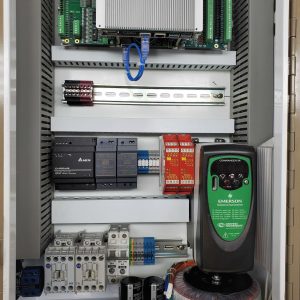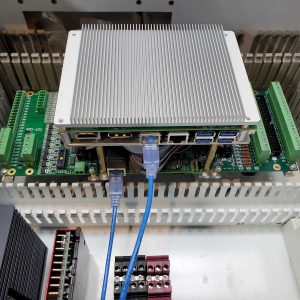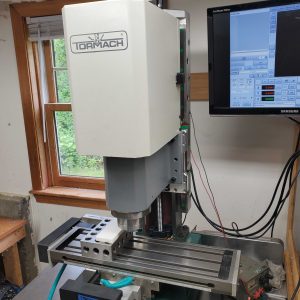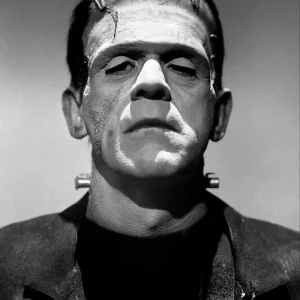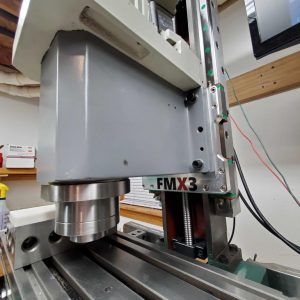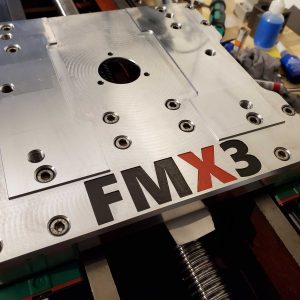Before… [singlepic id=149 w=300]
After… [singlepic id=143 w=300]
My friend Dan built the electronics for a temperature controller for his electric smoker. I figured since I have the CNC mill, it was a moral imperative for me to do some nice enclosure work for him to make the project look slick. Dan admitted his initial attempts at the case work with a Dremel tool were lacking somewhat, so about a month back he passed the guts over to me so I could have a go at it. It took a few attempts to come up with a design I was satisfied with and execute it well enough to consider it done, but I chalk all of that up to gaining experience on the machine. I was pleased to finally be able to present the finished product to him last night!
The electronics originally fit into a waterproof PVC Carlon box. The lid had been previously attacked with a Dremel, but I figured if I cut out a large window and made an insert for it, we could salvage it as well as end up with a nifty look. So, I started out by CNC milling out a roughly 4.7″ square from the lid. I then made a clear polycarbonate insert, just slightly smaller by about 0.010″, so it would slip fit inside and stay in place with a flange. The polycarbonate insert received some decorative milling on the front panel, and some functional drilling on the rear panel to provide mounting and a place for the knob to pass through. The insert also got an engraving treatment with some text using the new high speed spindle mount that I built last week. Since getting engraving working well, I had tried a few experiments of back painting engraved text. I did the same for the Smoke-O-Tron, using some water-based Rust-Oleum hobby paint. I made sure the see-through LCD window was well masked off with the original paper that came with the polycarbonate as well as some supplemental electrical tape. I sanded the back of the insert, avoiding the LCD window, with 220 grit in my random orbit sander, and applied a couple of coats of black spray paint.
The main electronics consists of the main PCB and a small character LCD. After one misguided attempt of doing blind tapped holes in the clear insert (ugly and visible), I came up with the much cleaner “mezzanine” approach. This is often done in front panel work in devices, especially when varying heights have to be accounted for. The particular scheme I chose a completely clean front panel look with no visible screws. The electronics mount to both sides of a small polycarbonate plate, and the plate itself is mounted to the PVC enclosure by way of some custom-length standoffs. The standoffs also serve to sandwich the front panel PVC insert in place.
I also made a quick shaft adapter/extender for the encoder wheel, which adapts from 6mm to .250″ and provides a long enough shaft extension that passes through the mezzanine, front panel insert, and into the knob.
All in all, I’m fairly pleased with the end product. It looks slick, and I have learned a few new techniques for future projects. As usual, here is a video which details the making of the enclosure, and a bunch of pictures as well.
[youtube GFyCAy-ocFA]
[nggallery id=18]
